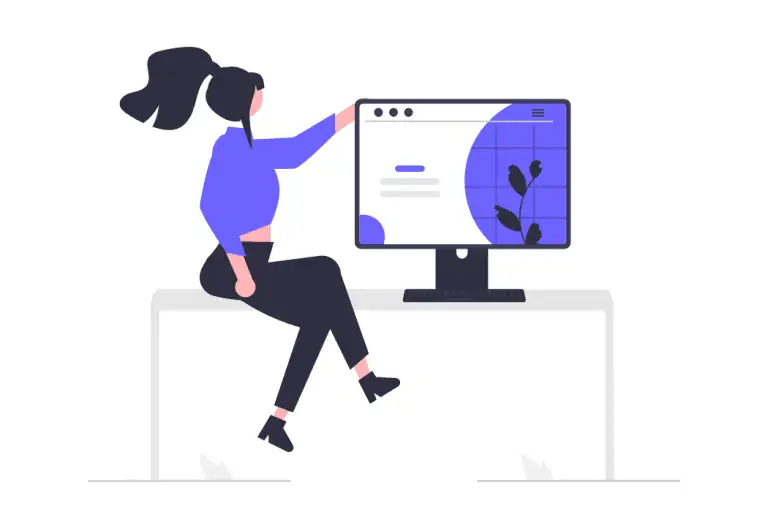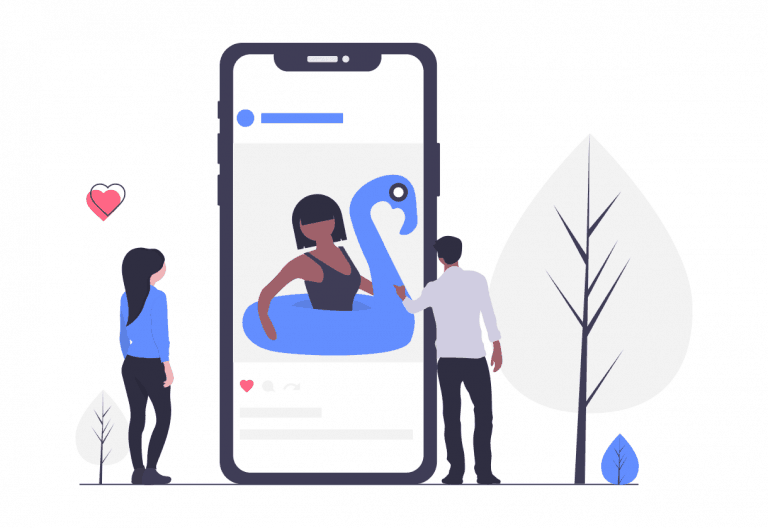Nowadays, a general approach to marketing no longer works. In this piece, we’ll cover a few ways that you can personalize your marketing strategies so they actually deliver results. We’ll focus on a mix of automation and personalization strategies which will give you a clear overview of how you can create strategies at scale.
Email segmentation
Let’s start with the basics. Email segmentation is a process of dividing your subscriber list into smaller audiences based on relevant criteria. Having a segmented email list allows you to target people better and customize your messages based on data like engagement. you can use solutions from The Data Group to enhance your email strategies.
Think of it like this – a large email list is likely to include people with different interests, needs, budgets, and behaviours so sending the same email to all of them would be counterintuitive. Segmenting them into 5 or 6 lists and monitoring the results will give you amazing insight into how to shape your content.
The more you can personalize your content, the better results you’ll experience. People yearn for customized content in promotional efforts and put more trust into brands that provide some type of individualization. You can also use AI in content marketing to personal content for different segments (for example, Looking Lion sales automation tools).
Another research shows that segmented email campaigns had 14.32% higher open rates. Seeing how important segmentation in email marketing is, it’s important to understand how to approach it.
The first thing you need to do is set the goals – what your short-term and long-term goals are and how will this strategy help you achieve them. This will be specific to your company and place in the market. It’s also important to have a great understanding of your audience and buyer personas.
Once line out your strategy, you’ll have to determine how to segment your list. Here are our tips that work in most cases.
Demographics
Usually, the first way marketers segment their email lists is by demographics. By this we mean – age, gender, location, budget, job, company title, and more.
The more information you can get from your audience members, the easier it will be to divide them into specific lists. This means that you can promote specific products or services to project managers and other products to sales professionals or marketers.
The trick is knowing how much information you can ask from people when they subscribe. We usually don’t advise companies to ask for addresses and phone numbers, but stick to the name, email, and job titles.
On the other hand, if your company’s business model is B2C, you should ask for the customer’s name, email and birthday so that you can segment people based on age. For example, if you’re a skincare brand, you could promote anti-age products to people over the age of 30, which will increase customer engagement.
Demographic segmentation also incorporates demographic appending, which merges demographic facts to an email list with the assistance of external data sources. Typically, a third-party service which concentrates in this area will utilize publicly available data like voting registers, census data, and other readily accessible material to match names and addresses to the pertinent information. This technology allows firms to personalize their marketing campaigns.
Customer journey
Not all of your subscribers have the same level of knowledge about your brand, products, and services. That’s why you need to segment your audience based on the placement in the customer journey and use product experimentation tools as needed!
Source: searchenginewatch.com
You should think about:
- new subscribers that need to be informed about your products and services
- repeat customers that are interested in product launches and new features
- long-term subscribers who have not bought anything yet, but would be interested in discounts and special offers
This type of email segmentation can significantly increase your sales, not just because people respond favourably to personalized content, but because timing is everything.
Cart abandonment emails and emails that promote products that work amazingly with previously purchased ones speed up the sales process. At that stage, you’re not guessing, you’re promoting products people have already expressed interest in.
A good tactic is scarcity and FOMO. Tell your customers that the product they want will sell out in a specific amount of time. Describe your products as best sellers and mention how quickly they could sell out.
Email engagement
Another great way to segment your email lists is by engagement. By this, we mean – open rates, click-through rates and more. These metrics help you understand which members in your list are active and which are not.
This creates an opportunity to create specialized campaigns to try and engage inactive members. Instead of giving up on the part of your subscribers who aren’t active, try engaging them with specific discount codes and great subject lines.
Sales funnel position
Sales funnel segmentation is one of the most prominent ways of lead segmentation.
Supporting your leads, by implementing CRM Google Analytics integration, while they make progress through your funnel provides amazing results.
People at the top of the funnel are interested in generalized emails that introduce them to your products and services. In these emails, you should engage people with discounts, coupons, and other ways that provide real value to your customers.
Once people reach the next stages of your sales funnel, you should position yourself as an authority in the industry. That could be done through case studies, ebooks, and more.
To create such assets, you can use AI graphic design tools like Visme. With their help, it takes like a few moments to generate professionally looking visuals in any style you need.
The next stage is the action stage. This is where you should send the more salesy email. It typically includes social proof and a clear call to action. Social proof is a powerful way to showcase how much your solution helped others.
It’s a way to use user-generated content to further demonstrate how amazing your product or service is.
Dynamic image personalization
Dynamic personalization is another way to provide your clients with customized content. It can be done in multiple ways, like name personalization, image personalization and customization based on previous purchases.
Image personalization is a powerful way to encourage people to take action. A famous example of this is Netflix. They have an algorithm that predicts which kinds of thumbnails work for different people and select them for users based on previous behaviour. That means that the same show is promoted with different visuals to attract a wide audience.
Source: becominghuman.ai
The way you use images can tell a story your customers will be interested in. They can show information about the product or service in the best way possible for every individual email subscriber.
Using data to determine which images engage your audience better empowers your sales process. A good tool that can help you personalize your emails is Hyperise. The tool provides image, text, QR code and logo personalization.
Targeting super-specific audiences on Facebook
As Cambridge Analytica brought to light – Facebook can help you target people based on super-specific data. Although the backlash created some changes in the way we can target people now, Facebook still has an amazing algorithm for pushing your paid content to interested parties.
You can target people based on:
- Age
- Gender
- Location
- Education
- Job title
- Interests
- Language
- Engagement
- Connections – for example, admins of specific pages
- Behaviours
- The device they access Facebook on
- And so much more
Since social media collects so much data on its users, it creates a wide range of possibilities on how to target specific audiences. Integrate Google Analytics with Salesforce and understand what ads allow you to gain more leads and how much revenue they brought.
Our favourite ways of targeting people are by life events, lookalike audiences and purchasing behaviour.
For example, if you’re a company that sells jewellery, you can target people who are in relationships, people who are friends with people that have birthdays soon, people that just got married etc. On the other hand, if you’re selling VoIP software, for example, you can target small business owners.
Lookalike audiences allow you to expand beyond your reach while still targeting people with specific interests. That interest is, of course, sharing similar characteristics to your existing customers. You can create them by using Facebook pixel and creating custom audiences to mirror.
Once you create a lookalike audience, you can use a percentage range in order to determine how closely you want your new audience to match your original audience.
Lastly, purchasing behaviour can help you target people who bought products related to, for example, marketing services. If you’re selling software or specialized products, you’ll love being able to target not just people that already bought similar products, but also anyone interested in your competitors.
Mapping out your content
Content mapping is the process of personalizing your content based on the stages of the customer lifecycle. It’s important to map out your content because it creates a personalized experience for every one of your customers.
It means that every member of the audience is moving through the sales funnel in a guided and engaged way. The time of one-message-fits-all sales efforts is over. Now consumers are interested in personalized content at every stage of the sales process.
Create different content for people interested in different products and services. It will let you go into detail on how to use your solution for maximum benefit, which is what your clients will search for.
Conclusion
Personalization and customization have become the cornerstones of marketing. There is simply a huge need for personalized content with customers, no matter if you’re selling to businesses or individuals.
The more effort you put into personalization your content, the better outcomes you’ll see. As we’ve covered in this article, our favourite ways to engage customers with personalized marketing efforts are through email, websites and social media.
The overall goal is to have your customers experience the same level of customer satisfaction throughout their entire customer journey, no matter which platforms they choose to engage on.



